A Taste of German History Elicits Gratitude
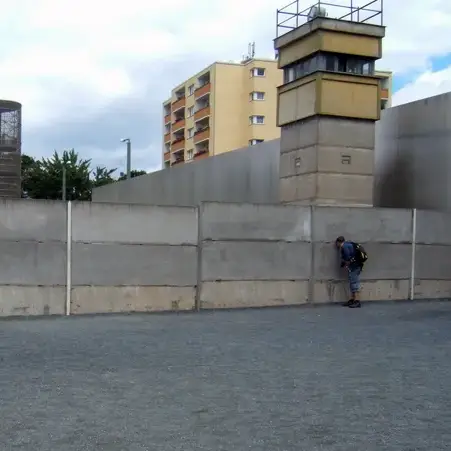
A taste of German history made me shudder at the inhumanity of man. It also made me very thankful for freedom. It’s to be cherished and protected.
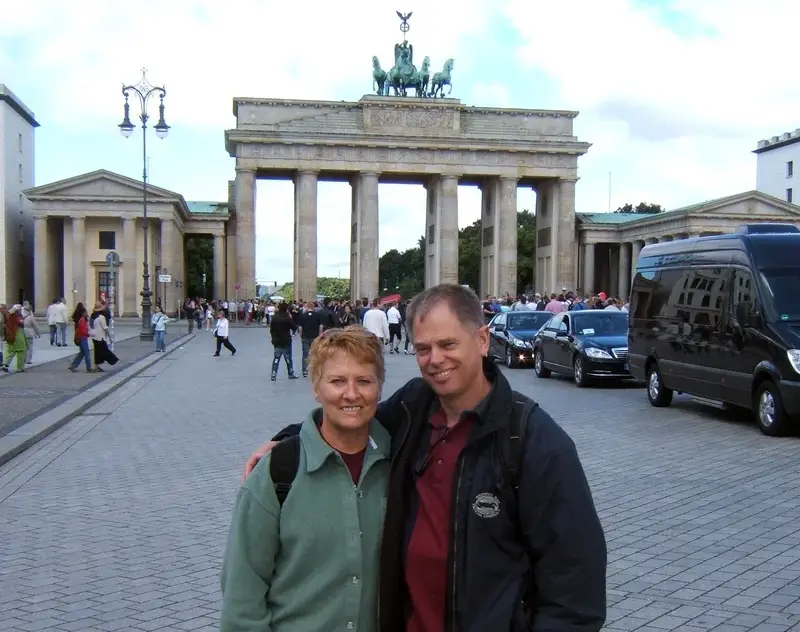
Gene and Grace at the Brandenburg Gate — Berlin, Germany 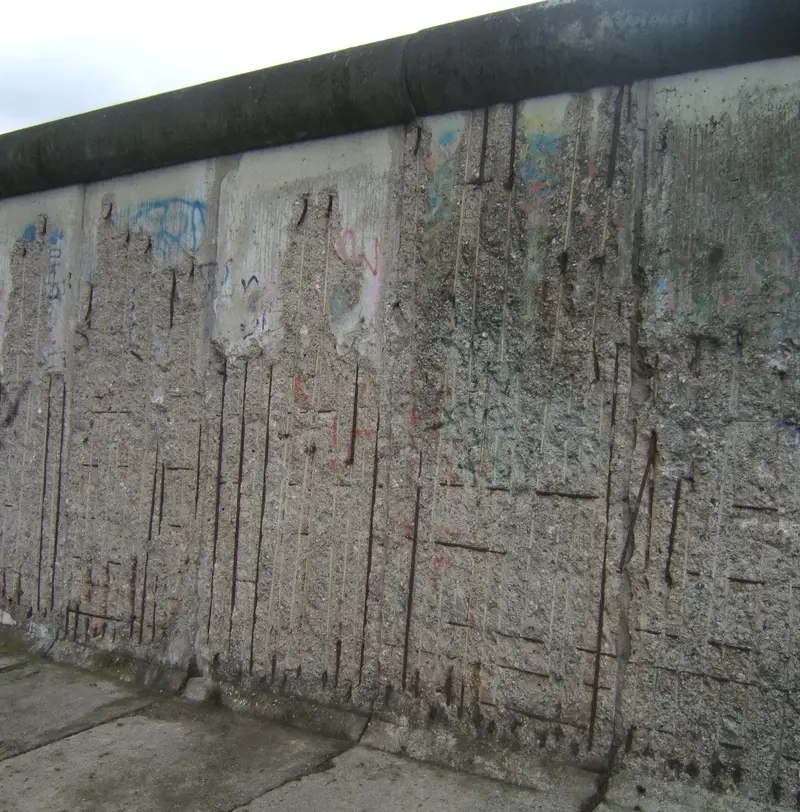
Infamous Berlin wall. Note the rounded top. 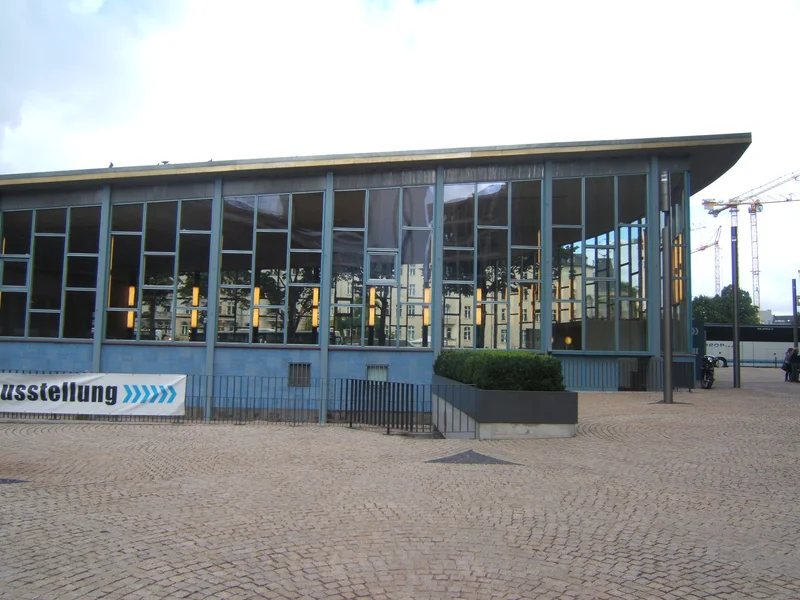
Tearful family goodbyes were said here. 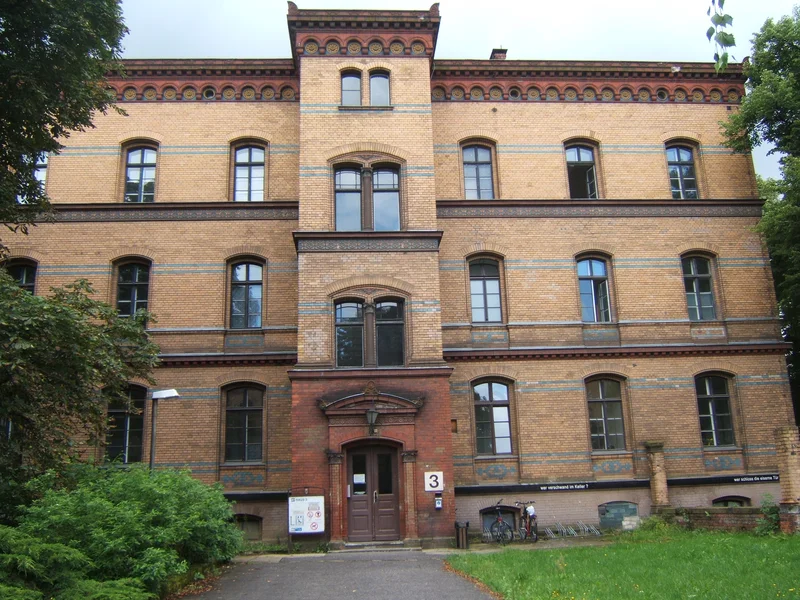
Former headquarters for the German secret police.
Gene and I spent two days in Berlin in July while awaiting the arrival of our second International Messengers ministry team. While there we took a tour of East Berlin. The guide, a 30-something Brit named Barnaby, majored in political science and history. Educating others about the Cold War was obviously his passion.
Here are a few highlights:
The Brandenburg Gate
Did you know that the infamous Berlin wall was built only a few meters behind the Brandenburg Gate? The wall’s height dropped significantly behind the gate so the western portion of the city could see it and—for lack of a better term—drool at the easterner’s “good fortune” at possessing the famous landmark.
Incidentally, east Berliners couldn’t access the gate either because it stood in the middle of “no man’s land.” Civilians attempting to cross this barren strip would be shot under suspicion of running to the western sector for freedom.
The Berlin Wall
The infamous Berlin Wall was built in four stages. First came the rounds of barbed wire that were erected in one night. These were eventually replaced by a brick wall. When this failed to keep easterners from escaping, pre-fab concrete walls topped with barbed wire were erected.
That barbed wire was later replaced with a rounded concrete brim along the entire wall. The rounded top made it impossible for an escapee to get a firm handhold and hoist himself up and over.
The Tränenpalast
Two and a half years after the wall was erected, west Berliners were granted visas to visit relatives and friends in the eastern sector. Those visas lasted only 24 hours. Upon their return, they had to pass through border security in the Tränenpalast.
Eastern guards scrutinized each person’s ID photo and face for 20 minutes. The reason for this? They studied 16 facial measurements to ensure the person was indeed the same as indicated on the paperwork. How unnerving must that have been?
German secret police headquarters
The secret police headquarters was in this building. They kept detailed files on everyone in east Berlin—files that became public in the early 90s. The divorce rate soared when many people learned that their spouses had reported their activities to the police, albeit under blackmail.
Reading one’s files proved so traumatic that it became mandatory for professional counselors to be present when doing so.
Listening to the stories made me shudder at the inhumanity of man. It also made me very thankful for freedom. It’s to be cherished and protected, wouldn’t you agree?
Know you are loved,
Grace



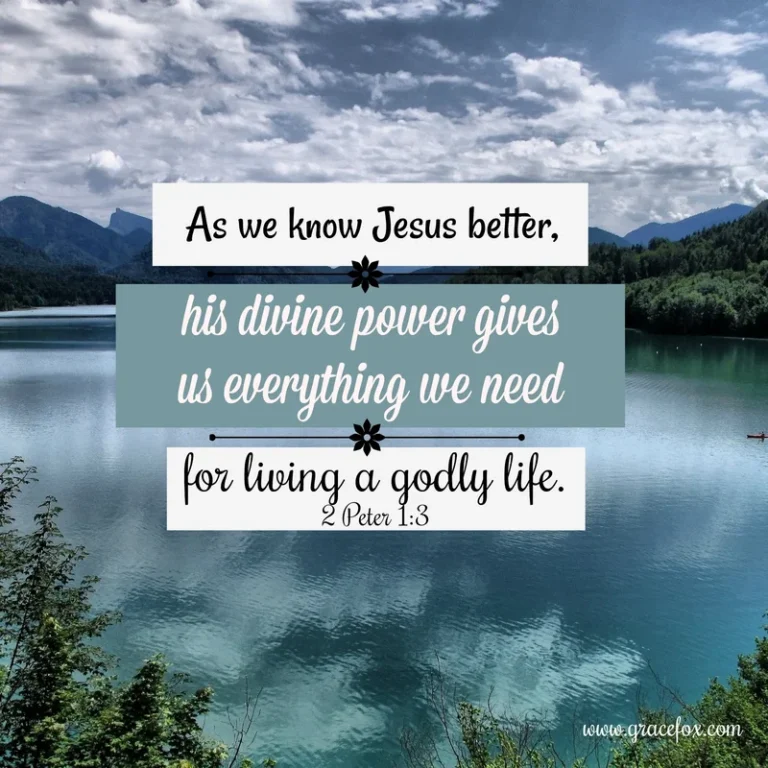




I saw the gate the first time by climbing a stand and looking over the wall. During that visit to Berlin, I also saw gun-boats on the river near the Reichsstag. Driving a car from Holland to Berlin involved driving thru East Germany and crossing their borders – a very scary experience – especially when you don’t speak the language. Our passports were out of our control and sight for about 20 minutes, while soldiers with sub-machine guns patrolled the customs area. You could see the sun glinting off of the guns of the soldiers in the watch-towers and hear the barking of the attack dogs. I wondered if we would ever get our passports back. The second time I was in Berlin, you could hardly see where the wall had been. I walked right thru the Brandenburg gate. Berlin didn’t seem like the same place.
Thanks for sharing those memories, Sandra. That part of the world is a much different place than it was two decades ago, thankfully!